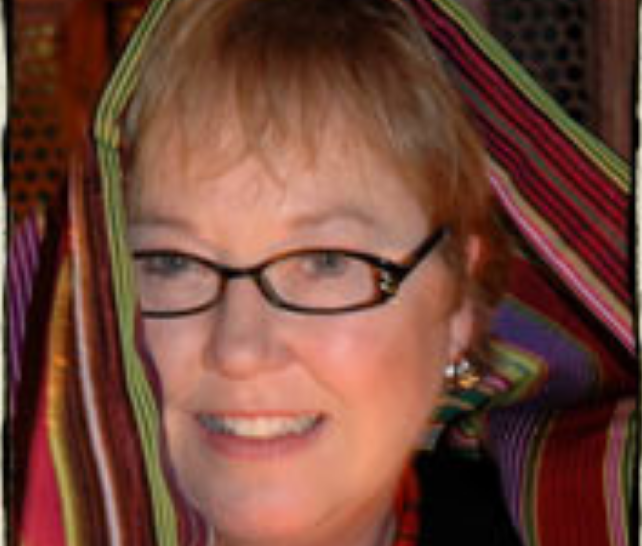One moment the streets are clear and dry. Suddenly the sky dumps its full buckets onto the parched open hands of the dirt. It is rainy malaria season in Uganda. My Uganda credit union colleagues share that garlic dissuades mosquitoes. I am convinced the pungent aroma oozing from my pores attracts rather than repels. I go back to mefloquine.
I fend off the mosquitoes with drugs, Skin So Soft and gin tonics. The mosquitoes win. Malaria invades, creeping like a thief into every bodily crevasse. Over 100 types of parasites can infect a mosquito and when it bites, the parasites multiply in your liver before infecting and destroying your red blood cells. Of course, they blame female mosquitoes as the carriers. I collapse into bed to weather the storm of fever, confusion and nausea, praying it isn’t the deadly cerebral parasite.
For three days I am drenched in my own sweat as I experience Malaria hallucinations. Every few hours I wake to find myself in the room’s second bed, where fresh, cool sheets absorb my dampness. Throughout the night, I repeatedly feel the soothing comfort of fresh cool sheets. I don’t remember how I moved from bed to bed.
Over 600,000 people living in malaria regions die annually. Malaria-curing drugs are out of financial reach for Africans who struggle to eat every day. Malaria Artemisinin-based curative therapies are intoxicating drugs. They prompt wicked, phantasmagoric “malaria dreams”. If you can remember them. I suppose drug companies want you to feel every possible life emotion before you die if you are unlucky to have caught the fatal cerebral strain -- one last trip down the emotional roller coaster before you expire.
Strengthening credit unions in rural Africa necessitates a holistic approach to lending. This means understanding broader environmental issues, healthcare and income generation challenges alongside member financial needs. When a credit union member or her child is sick, she does not work, limiting her capacity to pay back loan obligations. Integrating health education becomes critical in village lending programs. AND, it’s imperative to understand local norms and their purpose to avoid unintended consequences.
A classic illustration unfolded in Zimbabwe. In the rural African village tradition, a household’s kitchen is set apart from living quarters. A typical kitchen hut is built with dung-baked brick walls topped by nature’s straw hat with a hole in the center through which – for the most part – smoke is drawn upwards. One well-intentioned credit union health development team diagnosed higher incidences of upper respiratory issues in women as a result of their poorly vented kitchen huts.
A non-profit funded a project to install chimneys that drew smoke upwards, eliminating the irritating, lung-clogging smoke as women prepared meals. Upper respiratory issue resolved. Or so they thought. Six months later a team returned to assess the improved quality of village women's health and thereby increasing their ability to repay loans. They prepared to celebrate their shrewd chimney installation success. What they discovered instead was a significant increase in deaths. They had unintentionally eliminated life-saving smoke that repels malaria-infected mosquitoes.
On the fourth night of my malaria battle I see the hazy outline of stars through a tunnel. My hand is being stroked by an angel who chants a lilting supplication to the spirits, not to take my life. Her face is peaceful, her cheek ethereal to my touch. I hallucinated that I am dead and all the angels are black. It is only the next morning as I emerge from my malaria coma that I meet the lovely angel. The aging housekeeper had slept next to my bed for three nights to watch over me. It is her healing hand that brought me back to life.
Angels appear in unexpected places.
AVOIDING UNINTENDED LOAN CONSEQUENCES
A long-time member went to her CU to pre-qualify for a new car loan. Her credit was stellar and she easily qualified. The credit union’s strategy to involve their member in their own loan decision meant the member completed a simple budget form, including the new loan payment. When the member finished the budget worksheet the loan advisor asked, “How does this new loan impact your budget?”
In a surprised voice the member responded, “With my income, this loan payment would be a bigger burden than I expected. I thought if I qualified for a loan, it meant I could afford it!” She didn’t take the loan. She decided to look for a less expensive car.
QUESTIONS TO CONSIDER:
How can you help members avoid the unintended consequences of their financial choices?
How might you help members realize the impact of their financial decisions?
How do you help members measure their own financial stability?







